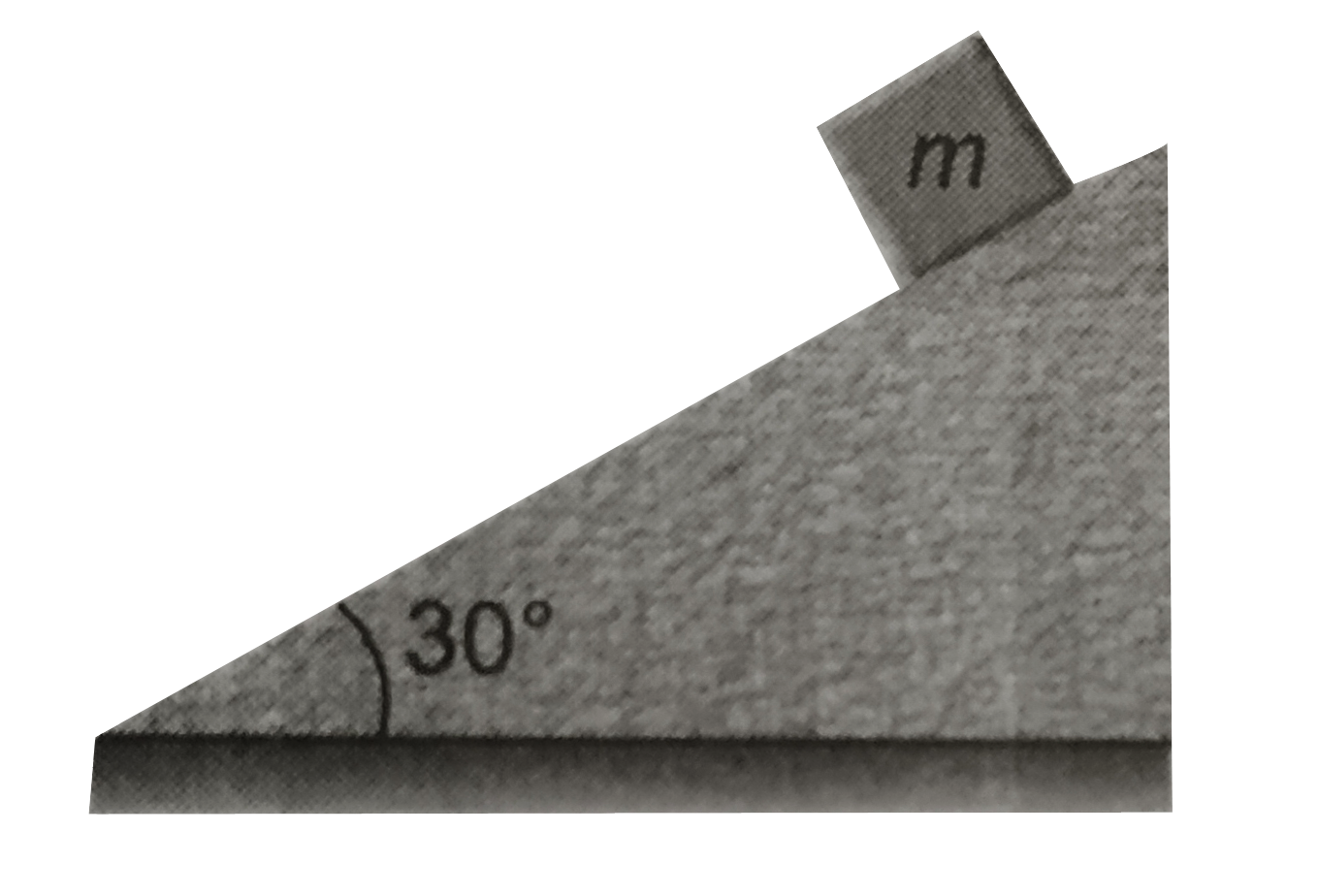What is static friction?
Step-by-Step Solution:
1. Definition of Static Friction:
Static friction is a type of force that acts between two surfaces that are not moving relative to each other. It opposes the initial motion of an object.
2. Function of Static Friction:
The primary function of static friction is to prevent an object from starting to move when a force is applied. It acts in the opposite direction to the applied force.
3. Example of Static Friction:
Consider a block (let's call it Block A) resting on a surface. If a person tries to push Block A with a force (let's say Force F), static friction will act on Block A to oppose this force.
4. Behavior of Static Friction:
If the applied force (F) is less than the maximum static friction force (F max), Block A will remain stationary. Static friction adjusts its magnitude to match the applied force up to a certain limit (F max).
5. Transition to Sliding Friction:
Once the applied force exceeds the maximum static friction force (F max), Block A will start to move. At this point, static friction is overcome, and sliding friction takes over.
6. Conclusion:
Static friction is crucial in everyday situations, as it allows objects to remain at rest until a sufficient force is applied to overcome it.
Static friction is a type of force that acts between two surfaces that are not moving relative to each other. It opposes the initial motion of an object.
The primary function of static friction is to prevent an object from starting to move when a force is applied. It acts in the opposite direction to the applied force.
Consider a block (let's call it Block A) resting on a surface. If a person tries to push Block A with a force (let's say Force F), static friction will act on Block A to oppose this force.
If the applied force (F) is less than the maximum static friction force (F max), Block A will remain stationary. Static friction adjusts its magnitude to match the applied force up to a certain limit (F max).
Once the applied force exceeds the maximum static friction force (F max), Block A will start to move. At this point, static friction is overcome, and sliding friction takes over.
Static friction is crucial in everyday situations, as it allows objects to remain at rest until a sufficient force is applied to overcome it.
Topper's Solved these Questions
- FORCEBOOK - ICSECHAPTER - FORCEEXERCISE - Exercises (Section II) Long answer questions.
4 Videos
- FORCEBOOK - ICSECHAPTER - FORCEEXERCISE - Picture Based Questions
2 Videos
- FORCEBOOK - ICSECHAPTER - FORCEEXERCISE - Exercises (Section II) Distinguish between the following
2 Videos
- ENERGY BOOK - ICSECHAPTER - ENERGY EXERCISE - Picture Based Questions
9 Videos
- LIGHTBOOK - ICSECHAPTER - LIGHTEXERCISE - Picture Based Questions
21 Videos
Similar Questions
A man wants to slide down a block of mass m which is kept on a fixed inclined plane of inclination 30∘ as shown in the figure .Initially the block is not sliding .
To just start sliding the man pushed the block down the inclined with a force F. Now , the block starts accelerating. To move it downwards with conatant speed the man starts pulling the block with same force. Surface are such that ratio of maximum static friction to kinetic friction is 2 Now, answer the following questions.

What is the value of μs, the coefficient of static friction?
View SolutionA body of mass 25 kg is at rest on a horizontal surface. Minimum horizontal force required to just start motion is 73.5N and a force of 49N is needed to keep the body moving with a constant velocity. What is the coefficient of (i) static friction and (ii) kinetic friction ?
View SolutionWhat is limiting friction?
View SolutionState the laws of static friction.
View SolutionDefine the coefficient of static friction and kinetic friction.
View SolutionThe coefficient of static friction may be
View SolutionThe maximum static frictional force is
View SolutionWork done by static friction on an object :
View SolutionWork down by static friction on an object :
View SolutionThe coefficient of static friction between two surfaces depend on
View Solution
